Provocation under the skin (I)
A brief history of tattoos
Tattoos: Samuel, from Tattoo Santa Catalina and Dani Sanz
We live in the time of no time. Nothing lasts, nothing remains, our loyalty to the hairstyle, the phone company or the political party is fleeting. We feel free, tieless, with no promises. Alliances “for life” are over, like those our parents would create with their jobs, partners or washing machines. Today we rather reinvent ourselves, be new and different each day, buy furniture from Ikea and hate music bands we’d just started loving. However, a strange paradox has been created. More people adopt an old and indelible compromise everyday: the tattoo.
Twenty three per cent of the population has their skin inked. The twentysomethings are the champions on getting drawings on their skins but there is no distinction anymore between boys and girls. In fact, for the last four years there are more tattooed women than men in the United States. There’s a passion that keeps growing all over the world to capture everlasting images on the skin. Why? What are the reasons why people get tattoos today? Are they the same as thousands of years ago? Why are there more people everyday looking for a trace of eternity in a world that suffers of “presentism”?
It was spring. That forty-five year old man walked around Tirol two hours after having had his lunch. Suddenly an arrow went through his back. He fell on the floor and, as a result of the impact or maybe of a later blow performed by the archer, he died unconscious and bled dry. They found his body inside a glacier fifty three hundred years after his death. The advanced scanning and analysis techniques used on this mummy found in 1991 were able to determine several facts about his appearance and his last hours, in addition to revealing the content of his stomach, his lactose intolerance and the presence of several cavities. Although maybe the most surprising fact about this man, nicknamed Ötzi, was that he had sixty one tattoos.
This is the oldest reference there is of the existence of these body paintings. Ötzi showed deigns of parallel lines and two crosses both on the side and on the shins. It is believed that these tattoos prepared with dusted carbon applied over incisions were the result of some kind of acupuncture against joint aches. However we cannot rule out their relation with religion or magic. In several cultures, body pigmentations were offerings to the gods. The women of the ancient Egypt would tattoo their bellies to call upon healthy pregnancies and as a proof of bravery and maturity. Divinities were also the last witnesses of the marks of the primitive tribes in America.
Those colorful stamps would also impose a social consideration that would sometimes become contradictory. The commercial routes carried the tattoo techniques to India, China and Japan. A thousand years before the birth of Christ, in the Land of the Rising Sun tattoos were displayed both on the skins of the high society as an ornament and on the epidermis of criminals, marked this way before their towns. This stigma would slowly turn into an identifying symbol amongst the Japanese mafia, the Yakuza, the same way the Russian mafia would use tattoos to filter their members.
Marco Polo, in the last years of the thirteenth century, wrote about how the inhabitants of the Polinesy would mark themselves throughout their lives with a divine meaning originally but then getting more respect within the community as the design grew. Something similar was also confirmed by Captain Cook five years later amongst the Tahitians. It was precisely the sailors from those expeditionary crews who would start getting tattoos on board bringing this “phenomenon” to the East. Boatswains who enrolled, many of them, to avoid jail time. This is the reason why tattoos were formerly associated to both sailors and delinquents. Even the christians chased by the Roman Empire were marked as sacrilegious and criminals.
Tattoos gained importance again in the sixties and seventies of the twentieth century. Hippies turned this custom into a colorful decorative game and the following music and cultural currents like punk, rock or rap strongly introduced it into the second millennium. Singers and footballers became the idols for the teenagers of this century, athletic canvases tending to pigmentation. On the recent decades we’ve lived the fast growing fashion of the tattoos reflected even on tv shows like Miami Ink. Although nowadays the challenge is trying to decipher what the youths are looking for on these subcutaneous dyes.
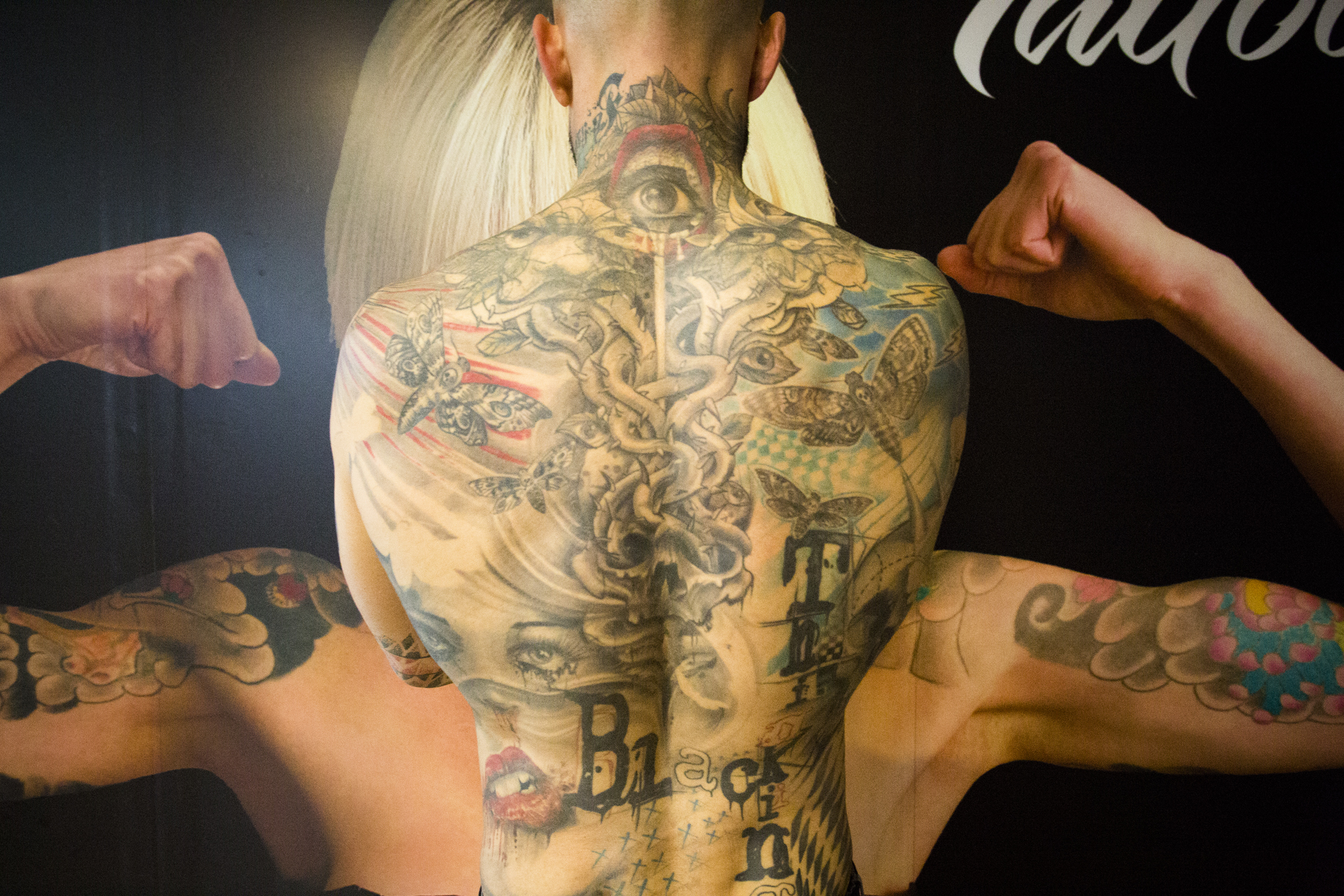
What seems quite obvious is that many twentysomethings facing today an unsure and dizzying future get tattooed without thinking, which favors the profitability of businesses both of drawing tattoos and eliminating them. The frivolity when getting them makes many men and, specially, women get a corrective laser treatment. The list of the most erased designs clearly reflects that the girls are usually the most repentant: names of ex-partners, dolphins, misspelled words, barbed wire bracelets, stars, butterflies, Chinese and Celtic characters or symbols, zodiac signs and fairies.
Nowadays there are new and incredible reasons why people get tattooed. A thirty-nine year old man in Germany got the word “Mini” tattooed on his penis in order to win a car of the same brand on a radio show. Also in Germany, twenty men got written the word “Pascha” on their arms when they heard that the biggest brothel in Europe with the same name would give them free life memberships. A certain Billy Gibby got into the Guinness Book of Records as the “human publicity banner” after stamping his whole body with names and websites of several different brands. Even a fifty year old woman has gotten several tattoos mixing the ink with the ashes of her dead son.
Tattos also work as a symbol of solidarity with a cause. It used to be common to wear ribbons on the lapel or bracelets on the wrists but now a tattoo is the most sincere way of showing that you care. Two and a half years ago Amy Bleuel founded the Project Semicolon to honor the suicide of her father. This orthographic symbol wanted to embody the struggle against depression, addiction, self-harm and suicide itself. The semicolon tries to represent the determination to not end with your life in spite of the problems, a way to remember to keep on with the sentence of our existence. The initiative had an unstoppable expansion over social media and now thousands of people all over the world show off a semicolon somewhere on their bodies.
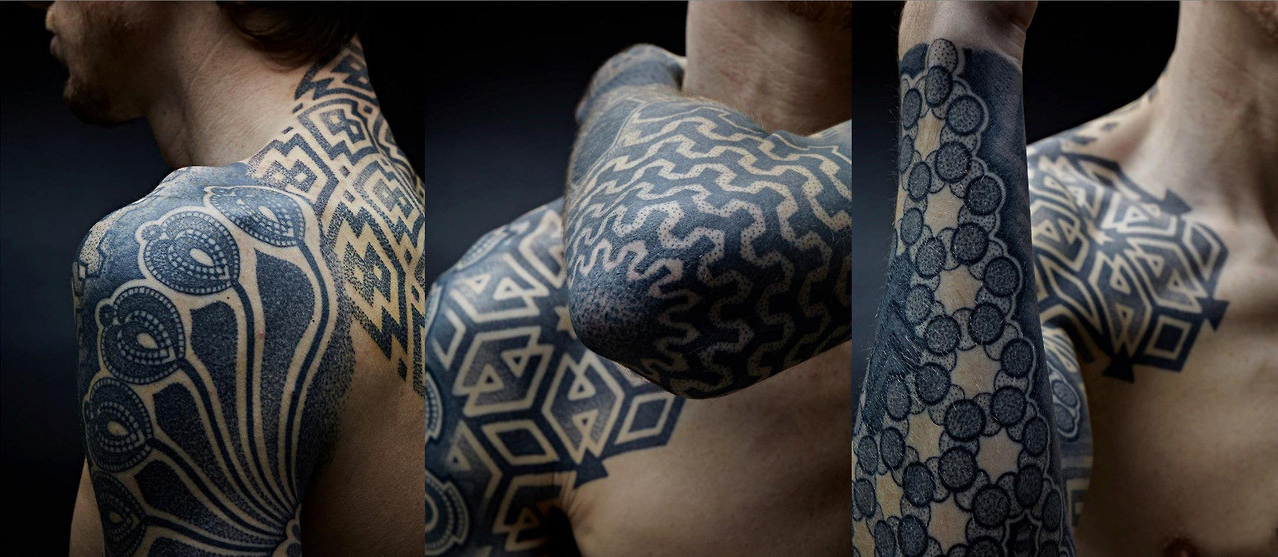
We can also find a therapeutical use of tattoos. Many women who have had to get breast reconstruction or mastectomies, usually due to the extraction of a tumor, can have normal looking breasts again thanks to a tattoo of the lost nipple. The same way some women use tattoo techniques to get everlasting eyebrows when they have little hair or no hair at all, they now also make the most of the designs in order to get a natural looking bust.
These are new usages for the tattoos, but most of the clients of the studios still go there just looking for a superficial ornament. Or maybe not so much. There are people who get tattoos precisely because they don’t like their bodies. Showing off their creations they try to avoid the sight of their own looks and focus on a specific feature, not imposed by nature. Tattoos establish then a double dialogue. On the one hand it speaks to ourselves. Often the ink reminds us of events or people we don’t want to forget. We engrave on our arms or chests elements that repeat to us who we are, who we were, pictures of our own passions. The extreme of that internal dialogue is represented by the Tech Tats, electronic tattoos created with electromagnetic ink and a microcontroller. These tattoos connect via bluetooth with our phones providing information about our body temperature, our transpiration and our level of hydration or stress. It’s a futuristic substitution for the fitness bracelets. A temporary tattoo controlling our vitals in real-time.
Tattoos make us unique, there aren’t two impressions alike. However they quite often help us integrate into an urban tribe, brand ourselves as part of a collective. It is here when another face of the dialogue appears: tattoos get us in touch with the surroundings. Some time ago a visible design on our skin would alternate that relationship with others by shamelessly displaying the name of our partner or the devotion to a football team or a saint. But in the time of social media, when we are all overexposed, telling everybody where we are at all times, who we mix with, what we are thinking and what we eat, inked skin loses its shocking and indecent value to turn into another screen from where to speak to the world. However, the engraving on the flesh hasn’t lost its rebellious factor, it just represents different kind of provocation: fidelity. In this planet on constant change, of masquerades and tricks, of momentary fashions and alliances with expiry date, tattoos have become the most scandalous proof of love.
Video, courtesy by Santa Cruz Tattoo



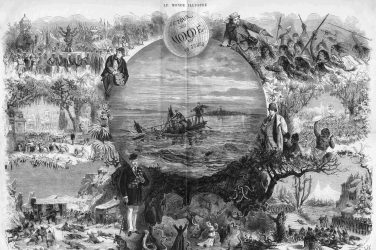
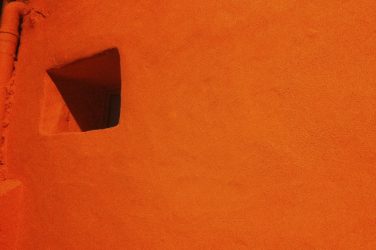
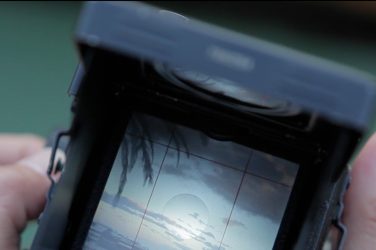




Mostrar comentarios (0)